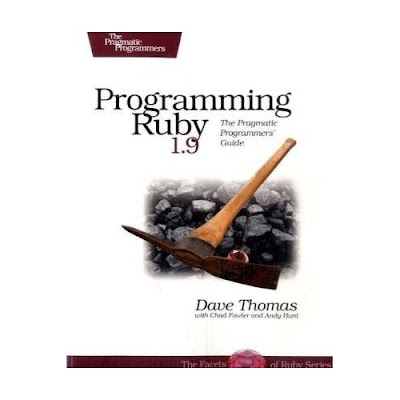It has been said that, “Money may not be the most important thing, but it's way up there with oxygen.” The fastest and easiest way to get the things you want as quickly as possible is almost always to have enough money to be able to buy them, whatever they cost. For this reason, the desire to acquire money, quickly and easily, and as much as possible, is a major motivator of human behavior. But it is not usually money that people really want.
FreedomSometimes I will ask my clients why they want to acquire a lot of money. After thinking about their answer for a couple of minutes, they finally conclude that what they want more than anything else is “freedom.” In reality, they see money as a means to achieving the freedom they really desire. They define freedom as having enough money so they can get everything they want. Having enough money will enable them to be completely free from worry about safety, security, leisure, love, respect and fulfillment. They see having lots of money as the fastest way to a good life.
Ten Million DollarsIn our Advanced Coaching and Mentoring Program, we do an exercise in Values Clarification. When everyone is seated, we hand out individual checks made out to each person in the amount of $10 million dollars. Of course, the checks are not cashable, but the idea of receiving $10 million dollars cash gives people an opportunity to fantasize about what they really want in their lives. We then have participants break into groups, discuss what they would do if they suddenly received $10 million, and then report back to the group. We go around the room and write down their answers on a white board or flip chart. Here is the most amazing discovery: almost everything that our clients would want to do, have, or acquire, does not cost any money!
The Lust for PowerThe desire for power is one of the most destructive forces in the world today, and always has been. If the fastest and easiest way to get all the things you want is to have all the money you need, it then follows that the fastest and easiest way to get the money you need is to acquire power over people and resources, both in business and at the political level. Power can be defined as “the ability to control or influence money, people and resources.” It is the ability to force people to do what you want them to do, whether or not it is consistent with their own personal desires.
Money and Power TogetherMoney starts out as the motivation for an expedient person to fulfill his needs, for himself and his family. It can soon become an end in itself. Once a person has enough money so that he no longer worries about money, it becomes a form of measurement, a scorecard that he uses to compare himself against others. Megalomaniacs and dictators often become obsessed with power, to the exclusion of all other considerations. By the same token, many men in business become preoccupied with money, to the exclusion of other things, especially their families.
How Power is AcquiredThere are different ways that power is acquired in our society. In business, power is acquired by getting results, by making decisions that lead to incremental gain in revenues and profits. The most powerful people in the business world are those with the best reputation for achieving financial goals in their areas of responsibility.
 I've been rather pleased to find out that I can use OpenOffice.org's Drawing module to generate DFDs (Data Flow Diagram)? the data model I use for planning web applications? I'd thought it didn't have this functionality, or at least that it wasn't very well implemented. After digging around a bit I find that it does, and actually somewhat better than Excel 97 did. The only problem I can see is that oval shapes only have 4 connectors points when I could really do with the 8 that Excel had. However, the ability to add labels to connector lines is a big bonus and being able to export direct to PNG, GIF, PDF and SWF (to name 4 of the 20 formats available) is brilliant. The drawing module is rock solid stable and very smooth to use, also an A2-sized version of the rather complex DFD shown below is only 25KB in size!
I've been rather pleased to find out that I can use OpenOffice.org's Drawing module to generate DFDs (Data Flow Diagram)? the data model I use for planning web applications? I'd thought it didn't have this functionality, or at least that it wasn't very well implemented. After digging around a bit I find that it does, and actually somewhat better than Excel 97 did. The only problem I can see is that oval shapes only have 4 connectors points when I could really do with the 8 that Excel had. However, the ability to add labels to connector lines is a big bonus and being able to export direct to PNG, GIF, PDF and SWF (to name 4 of the 20 formats available) is brilliant. The drawing module is rock solid stable and very smooth to use, also an A2-sized version of the rather complex DFD shown below is only 25KB in size!
